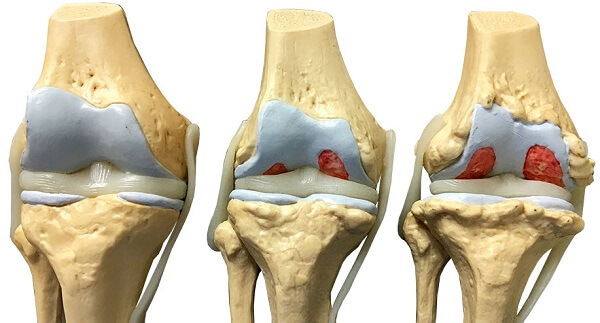Arthritis, a condition characterized by inflammation and pain in the joints, affects millions of people around the world. While traditional treatments have proven effective, advancements in medical research have led to promising new approaches for managing arthritis pain and promoting joint health. In this article, we’ll explore some of the latest innovative treatments that offer hope to individuals seeking relief from the challenges of arthritis.
- What is the Promising New Treatment for Arthritis?
In recent years, one treatment that has gained significant attention for its potential to manage arthritis pain is stem cell therapy. Stem cells are unique cells that have the remarkable ability to differentiate into various types of cells in the body. This therapy involves using a patient’s own stem cells, typically harvested from bone marrow or adipose tissue (fat), and injecting them into the affected joint.
The idea behind stem cell therapy is that these cells can help repair damaged tissues and promote healing within the joint. Stem cells can modulate inflammation, stimulate the growth of new cartilage, and enhance tissue regeneration. While research is ongoing and results can vary, many individuals have reported reduced pain and improved joint function after undergoing stem cell therapy for arthritis.
Stem cell therapy holds promise not only for its potential to relieve pain but also for its potential to address the underlying causes of joint damage, offering a more holistic approach to arthritis management.

- What is the New Treatment for Joint Pain?
Another exciting development in arthritis treatment is the use of platelet-rich plasma (PRP) therapy. PRP therapy involves extracting a small amount of the patient’s blood, processing it to concentrate the platelets, and then injecting the platelet-rich plasma back into the affected joint. Platelets contain growth factors that can aid in tissue repair and regeneration.
PRP therapy is believed to promote healing by delivering a high concentration of growth factors directly to the site of injury or inflammation. These growth factors can stimulate the body’s natural healing processes, reducing pain and improving joint function. While more research is needed to establish its long-term effectiveness, PRP therapy shows promise as a non-surgical option for managing joint pain associated with arthritis.
- What is the Most Effective Treatment for Arthritis?
While there is no one-size-fits-all answer to the most effective treatment for arthritis, a combination of approaches often yields the best results. Here are some strategies that are commonly recommended by healthcare professionals:
Medications: Anti-inflammatory medications, pain relievers, and disease-modifying antirheumatic drugs (DMARDs) are often prescribed to manage arthritis symptoms and slow its progression.
Physical Therapy: A tailored exercise program designed by a physical therapist can improve joint mobility, strengthen muscles, and alleviate pain.
Lifestyle Modifications: Maintaining a healthy weight, adopting a balanced diet rich in anti-inflammatory foods, and managing stress can contribute to overall joint health.

Innovative Treatments: As mentioned earlier, stem cell therapy and PRP therapy are emerging as innovative options for managing arthritis pain and promoting joint healing.
Surgery: In cases where other treatments are ineffective, joint replacement surgery may be considered to improve joint function and quality of life.
In conclusion, the landscape of arthritis treatment is evolving with the introduction of innovative approaches like stem cell therapy and PRP therapy. While these treatments offer promise, it’s important to consult with a healthcare professional to determine the most suitable options for your individual needs. With a combination of medical interventions, lifestyle adjustments, and ongoing management, individuals can effectively manage arthritis pain and maintain joint health.
Book your consultation with the best orthopaedic surgeon Dr. Rahul Grover at https://glyraorthopaedics.com/
